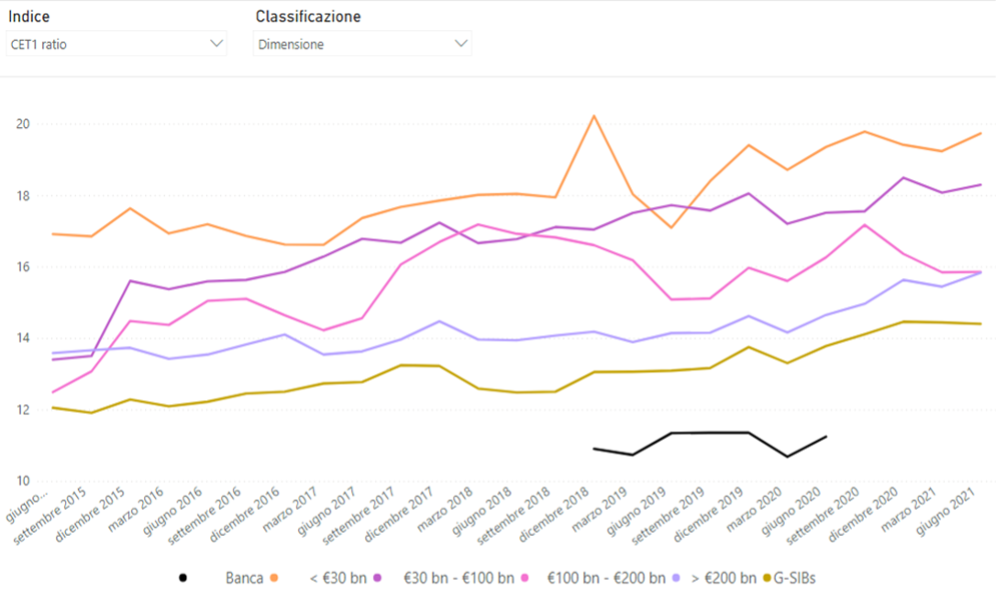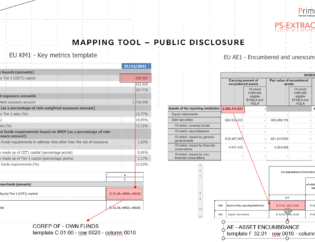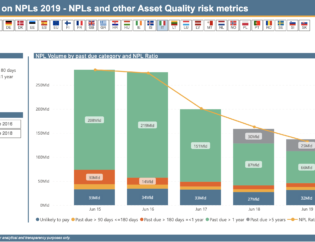
ECB statistical data warehouse (SDW) provides instruments to find, compare and share supervisory statistical indices. Data are presented broken down by entities’ classifications. The classifications distinguish between banks based on activities, scale of operations and risk. The aim is to offer insights into the data, in addition it is possible to analyze groups of institutions within the sample that may exhibit differing features.
The geographical classification is defined by the relative majority of exposures, which means banks are grouped according to the regions where they have the relative majority of their international exposures.
The definition of the business model classifications is firstly based on the income generating activities, secondly the institutions are further distinguished according to the funding strategies, client base and their geographical focus.
The third classification provided by the ECB is the risk classification using the SREP results. ECB gives marks of between 1 and 4 to each entity, considering the degree of vulnerability of four elements: business model, governance and risk management, risks to capital and risk to liquidity and funding.
Lastly, the size classification is defined in such a way as to foster comparability with the existing Single Supervisory Mechanism (SSM) and European Banking Authority (EBA) practices.
In a first step we can select a breakdown, then it is possible to visualize the relative historical series and compare them with the system data. Furthermore, we are able to understand the positioning of a bank with respect to the other segments. EBA does not provide information of this type, among other advantages, the ECB datasets are richer and allow the development of further analyzes including forecasting.



